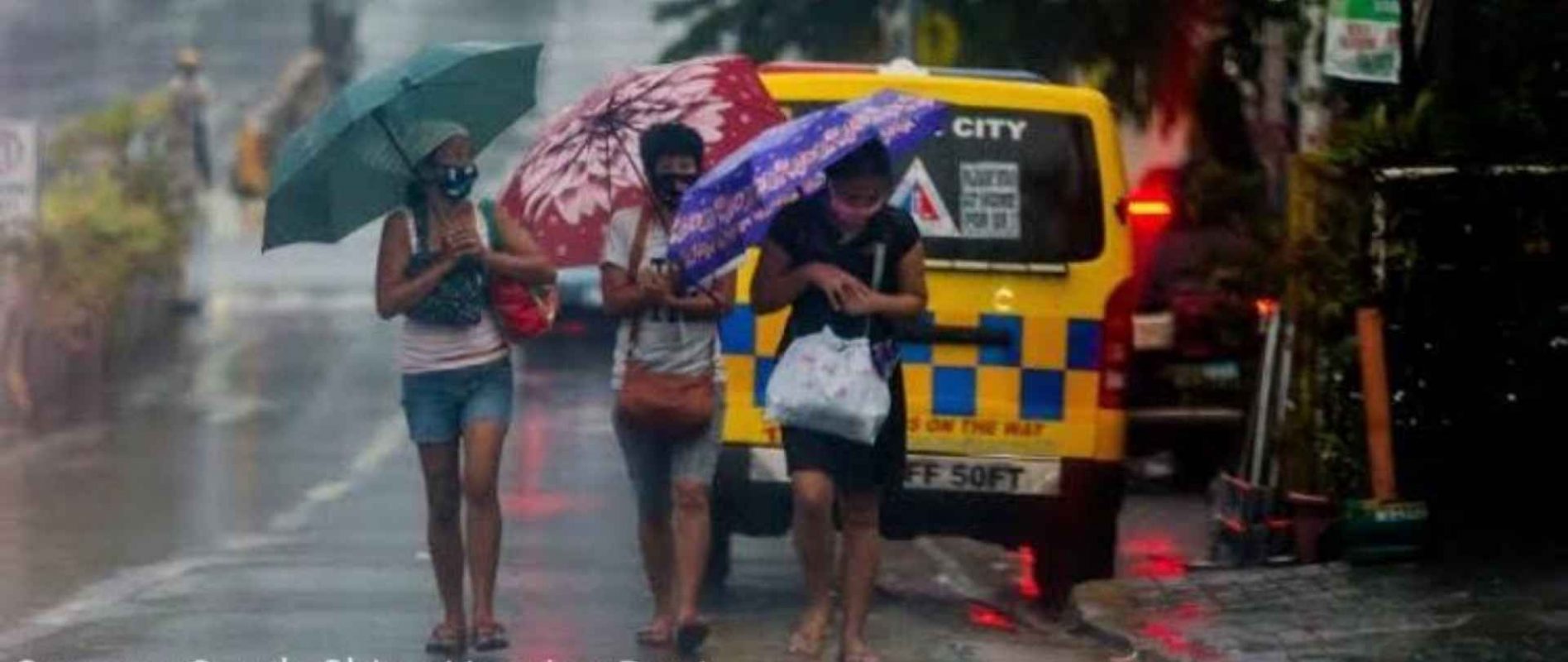IS THE PHILIPPINES READY FOR ANOTHER DISASTER?
As the Philippines continues to struggle in stemming the ongoing COVID19 pandemic, continuing to move forward into the other half of the year also signals the period of the rainy season in the country, naturally bringing another looming disaster – typhoons. With the continuous surge in the country’s positive cases and what seemed to be an endless grapple of Filipinos for food and money, is the country ready and prepared to fight another natural calamity?
On June 12 of this year, the Philippine Atmospheric Geophysical and Astronomical Services Administration (Pagasa) officially declared the start of the rainy season after recording a significant amount of rainfall brought about by Tropical Depression Butchoy and the Southwest Monsoon or Habagat on the first two weeks of the said month. It further advised the public to be ready in experiencing scattered to widespread rains and thunderstorms in the coming weeks and months.
Currently, intensified monsoon rains, along with local thunderstorms, affect several communities nationwide. Moreover, an estimated 10 to 14 tropical cyclones are expected to develop and enter the country between July and December this year, according to Pagasa. Floods in many areas in the country continue to be recorded, posing concern and danger on the community’s safety standards and hygiene measures, particularly now in the middle of the pandemic.
Despite the worsening scenario on the country’s COVID19 response, the National Disaster Risk Reduction and Management Council (NDRRMC) assured the public of the country’s preparedness towards battling another natural disaster. It recently issued a memorandum guiding rainy season preparedness measures amid the pandemic, which include the identification of “low to high risks” COVID19 areas by the Department of Health (DOH) and the activation of the National Disaster Response Plan by local government units, together with the Office of Civil Defense and all the partner stakeholders of the NDRRMC. It also added that all plans must be compliant with the health protocols, guidelines, and preventive measures of the Inter-Agency Taskforce for Emerging Infectious Disease (IATF-EID) and the DOH to curb the spread of the virus.
Meanwhile, the DOH also assured its readiness in providing the needed medical assistance to patients with diseases associated with the rainy season even as it continues to combat the COVID19 pandemic. With dengue, diarrhea, and other water-borne diseases such as typhoid fever, cholera, leptospirosis, and malaria being points of concern this rainy season, the DOH expressed the availability of non-COVID wards in any case. It also appealed to every household in communities to implement its 4-S strategy as prevention for dengue.
Moving towards the tail-end of the year has become much more of a challenge to our already embattled government as the commencement of the rainy season added more threats to people’s health safety and security, putting their disaster readiness and preparedness to the test even more, battling the pandemic and another natural disaster.














